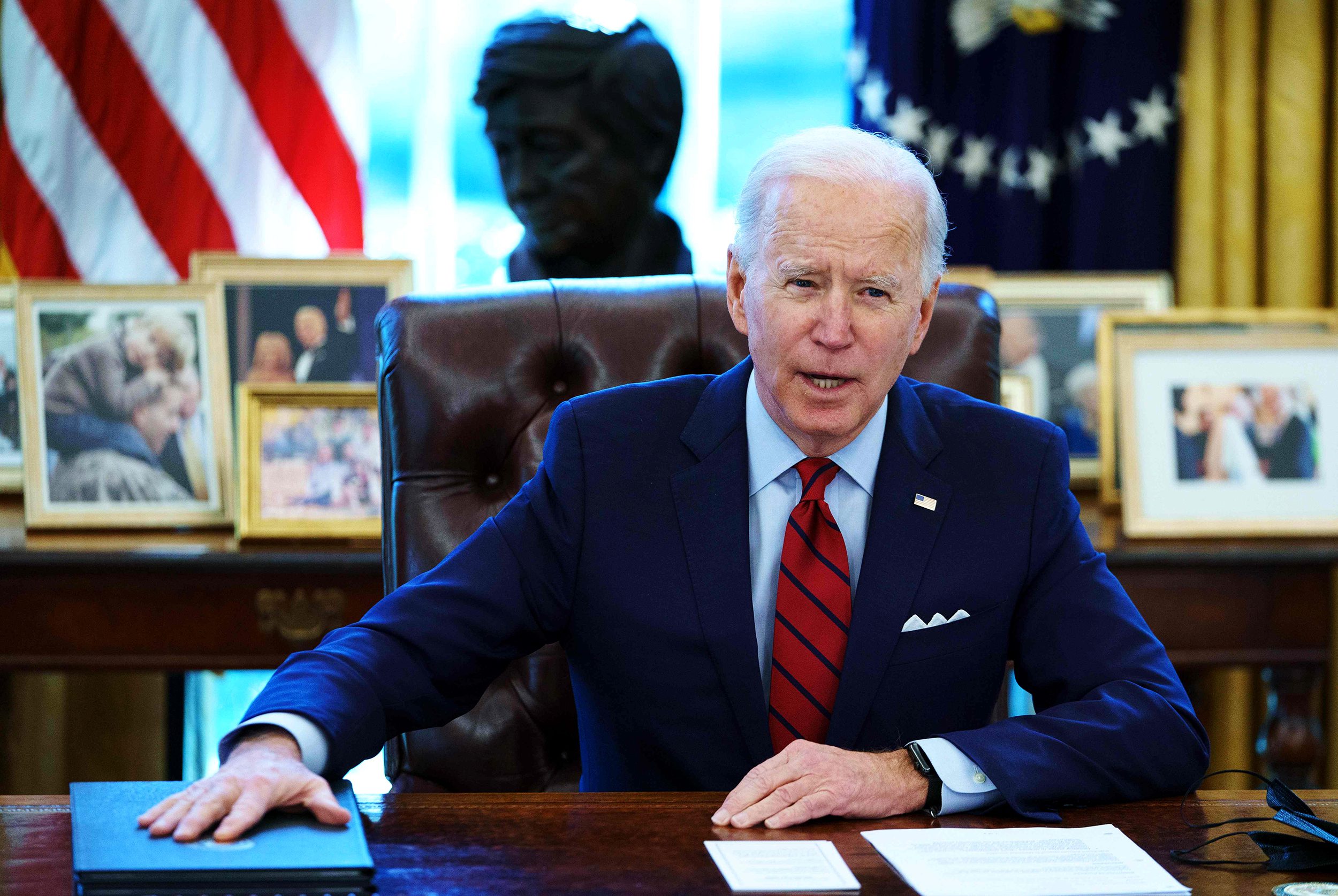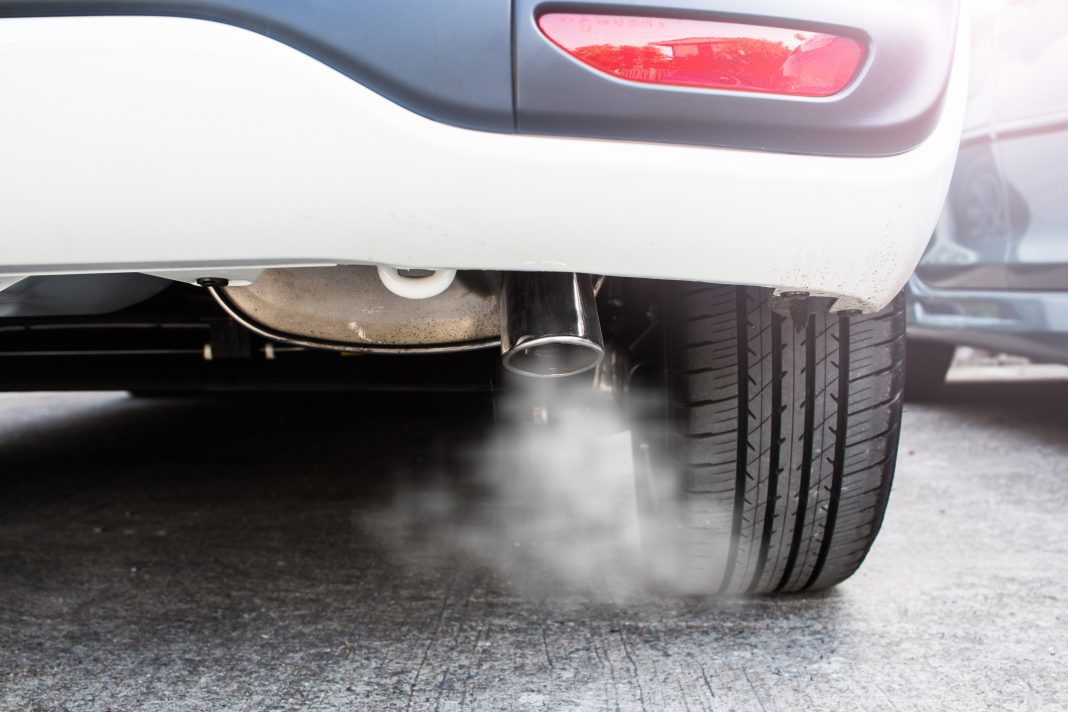Newly announced Environmental Protection Agency standards that target vehicle emissions for passenger vehicles will come into effect beginning with the 2023 model year. Between 2023 and 2026, the EPA said in a statement that the regulations will establish “the most ambitious greenhouse gas standards ever set for the light-duty vehicle sector in the US.”
By the time the new standards reach the final year of this period, the average fuel economy on a new vehicle for the 2026 model year will be 40 miles per gallon. Beginning in ’23, standards will tighten by 5% to 10% annually. That’s markedly different from the original EPA proposals from August, pegging the 2026 target at 38.2 miles per gallon.
In the statement, EPA administrator Michael S. Regan said, “The final rule for light-duty vehicles reflect core principles of this Administration: We followed the science, we listened to stakeholders, and we are setting robust and rigorous standards that will aggressively reduce the pollution that is harming people and our planet — and save families money at the same time.”
On Monday, UAW President Ray Curry called the enhanced standards a “win-win for UAW members, the US manufacturing workforce, and our environment.” Curry continued, “Well thought out regulations, such as the Biden Administration’s emission rules today, will promote long-term US investments while they protect and expand good-paying union jobs in vehicle production and advanced technologies that will allow manufacturers the flexibility necessary to meet these standards.”

The effect of new EPA emissions rules
It was expected that the Biden Administration would strengthen the emissions rules back in line with the Obama-era EPA standards. In his single term, President Trump repealed stringent rules in favor of a 32mpg target by 2026. The rollback rankled environmental agencies and set the United States back several years in the nation’s fight on greenhouse gases.
The new standards aim to put the US at the leading edge of clean air targets, but it won’t come without its pains. It puts pressure on the automotive industry, and carmakers must either ensure their models meet the tough goals on time or face massive financial costs in the way of purchasing credits or swallowing huge penalties. The new rule also looks to scrap an automaker’s ability to use banked credits from previous years.
Increased pressure on fossil-fuel-burning vehicles to comply with emissions standards also puts the focus on an exponential increase in EV sales. The EPA expects that complying with the new restrictions will force EV rollout to increase at a feverish pace, reaching an estimated 17% of market share by 2026. The Biden Administration has previously outlined a goal to make 50% of the American passenger vehicle fleet electric by 2030, meaning that the five model years following 2026 are likely to be under much more constrained emissions targets yet.
| Related: California to set their own stringent climate limits on cars, EPA says |
Environmental advocacy and health groups lauded the enhanced standards. The American Lung Association’s national president and CEO, Harold Wimmer, said in a statement, “There is no time to lose in the race to prevent the worst impacts of climate change, and transitioning to zero-emission transportation is one of the best tools available. Today’s action is an important step forward that will reduce greenhouse gases and air pollution and improve lung health.”
Did you enjoy this article from Jason Unrau? Read other articles on CBT News here. Please share your thoughts, comments, or questions regarding this topic by submitting a letter to the editor here, or connect with us at newsroom@cbtnews.com.
Be sure to follow us on Facebook and Twitter to stay up to date or catch-up on all of our podcasts on demand.
While you’re here, don’t forget to subscribe to our email newsletter for all the latest auto industry news from CBT News.










